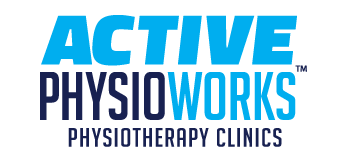What is Dry Needling?
Sep 09, 2014
Many people have asked me what dry needling is and how does it differ from IMS (intramuscular stimulation). Dry needling is used to help decrease the tone (muscle tightness) with the use of acupuncture needles. With many chronic conditions, our muscles tend to get very tight over time. This is our body’s protective mechanism due to muscle weakness and overuse. Some of our muscles are very deep and do not always respond to massage and stretching to loosen up or only give us temporary relief. That’s when we use dry needling to help loosen up these chronically tight muscles.
The trained Physiotherapist will look for an active trigger point, or what many people refer to as a ‘knot’. We try to get the needle into the trigger point, which will sometimes cause a muscle twitch or spasm. This is the uncomfortable part of the dry needling. Once the twitch or spasm stops, we remove the needle. After the needle is removed, it will feel achy or heavy. This can last for a couple hours and up to 48 hours after treatment. Why would someone want to do this to themselves, you may ask? Because it is very effective. Speaking from experience, I personally find it to be more uncomfortable than a massage but for those stubborn areas that will not loosen up, it provides a lot of relief in less time. Each needle is only stimulating the area for 30 seconds to a minute. We usually start with fewer points and work up to more if needed.
So how is dry needling different from IMS? There isn’t a huge difference between the two. The biggest difference is the theory behind it. IMS relates all the trigger points to the spine and how it supplies those muscles. The dry needling course (Kinetacore Functional Dry Needling) that I took also used this theory in combination with some other theories as well.
If you would like some more information on dry needling or IMS and how it can help you with your chronic pain, please give our clinics a call to book your appointment today.
Please add your bio info through your member profile page, or through your dashboard.

